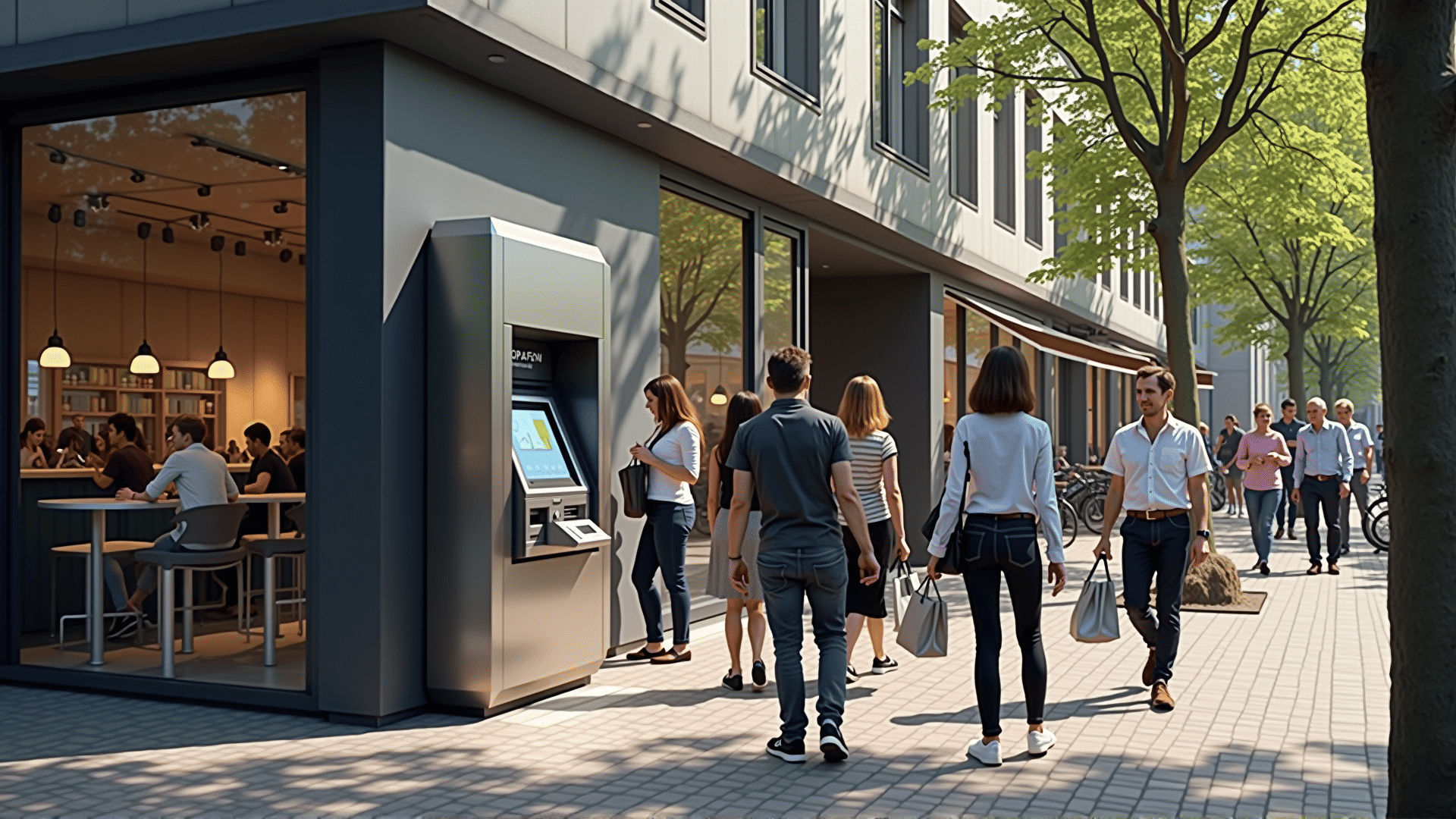In today's fast-paced world, the integration of modern conveniences such as ATMs and cashless solutions has significantly transformed the way we conduct financial transactions and engage in shopping. These technologies have paved the way for a more efficient, secure, and streamlined experience, redefining our daily interactions with money.
ATMs, or Automated Teller Machines, have been a staple of modern banking since their introduction in the late 20th century. These machines have liberated consumers from the confines of traditional banking hours, offering 24/7 access to cash withdrawals, deposits, and other essential banking services. This accessibility is particularly beneficial in today's on-the-go society, where time constraints often dictate personal schedules. ATMs have not only enhanced convenience but have also increased financial inclusion, providing essential services in areas lacking bank branches.
More recently, the shift towards cashless solutions has further revolutionized the landscape. Technologies like contactless payments, mobile wallets, and digital currencies have gained significant traction, driven by an overarching desire for speed and ease of use. Cashless systems eliminate the need to carry physical money, reducing the risk of loss or theft and enabling consumers to make seamless transactions, whether they're purchasing a coffee or buying groceries.
Mobile payment platforms, such as Apple Pay, Google Wallet, and Samsung Pay, encapsulate the essence of this transformation. By storing credit and debit card information securely on one's smartphone, these platforms allow users to complete transactions with just a tap or a scan. This level of convenience extends beyond traditional retail environments, enabling secure online shopping and fostering the growth of e-commerce.
Moreover, the advent of Near Field Communication (NFC) technology and QR codes has further extended the boundaries of cashless payments. NFC allows for quick, secure exchanges between devices over short distances, which has been instrumental in developing tap-to-pay systems. QR codes, easily scannable with a smartphone camera, offer another avenue for cashless transactions, enhancing the accessibility of digital payments.
While concerns about cybersecurity and data privacy remain, advances in encryption and authentication technologies continue to bolster trust in these systems. For instance, biometric verification methods like fingerprint and facial recognition add an additional layer of security, ensuring that only authorized users can conduct transactions. Financial institutions and technology companies are constantly innovating to safeguard consumer data and reinforce confidence in cashless systems.
Beyond individual convenience, the shift towards cashless solutions has broader societal implications. It reduces the reliance on physical cash, decreasing the costs associated with its production and distribution. This transition also enables businesses to streamline operations, reducing the need for cash handling and accounting, leading to more efficient service delivery and enhanced business innovation.
In summary, the integration of ATMs and cashless solutions into everyday life exemplifies the remarkable potential of modern conveniences. These technologies are not merely tools for economic transactions but are powerful enablers of efficiency, security, and accessibility. As we continue to embrace and refine these systems, they will undoubtedly continue to transform the landscape of commerce and finance, ensuring that the benefits of modern convenience are felt by all.
